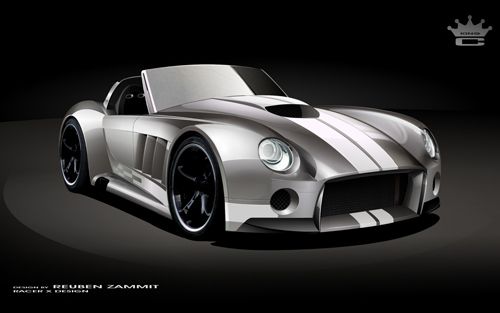He would like to know if his old car is still around, and also who was the original builder of this great looking Custom.
Bruce bought the car in 1955 as a used custom from a news paper ad in St Paul for $350.- The car was obviously customized in the 1940's with a chopped windshield, a padded top that most likely is an original Carson Top Shop top and one that was made none removable for unknown reasons. The interior was done in red lather for the seats and red velour for the rest.
The stock grille was replaced with a custom made panel and Packard grille with solid hood sides. The taillights where 1948 Chevy units. All the work was really well and most likely done by a professional body shop. The car was painted a two tone light green and cream color when he bought it. And after Bruce had made the changes it was painted with gray primer, he never got around to give it a final paint job and wen the car was sold it was still this same gray primer.
When Bruce bought the car in 1955 everything and especially the natural aging pointed toward this being an old custom car from the 1940's, but Bruce was not really interested in its history at the time, so he never asked about the cars past owners and where it was originally built.
 |
| The car with its smoothed hood and solid hood sides. An amazing early looking Custom Car for 1958. |
Bruce had Dick Freudenberg rebuilt the 59ab Flathead engine and had a local shop french the Chevy taillights and set in the rear license plate.
 |
| A better view of the Dick Freudenberg rebuilt Flathead engine with two carb intake. |
Bruce went into the Navy in 1957 and had parked the car at his parents house. His father sold the car a few years later, after first asking Bruce if this was okay with him.
Ever since the car was sold Bruce regretted ever letting him father sell it.
 |
| This fuzzy photo of the rear shows the set in license plate and 1948 Chevy taillights. |
Over the years Bruce has always wondered what happened to his old Car, if it is still around. With all the restorations of old Custom Cars going on in the last couple of years Bruce now also wondered who built this car in the 1940s, and he really regrets never asking more info on the car when he bought it in 1955.
So if anybody who sees these photos of this great looking 1940's styled 1936 Ford Cabriolet recognizes it and can shed a bit of light on its history or current whereabouts, please let me know and I will make sure to pass it on to Bruce. (rikhoving@xs4all.nl)
 |
| Without the mid/late 1950's car in the drive way this photo could have very well been taken in the 1940's. |

























